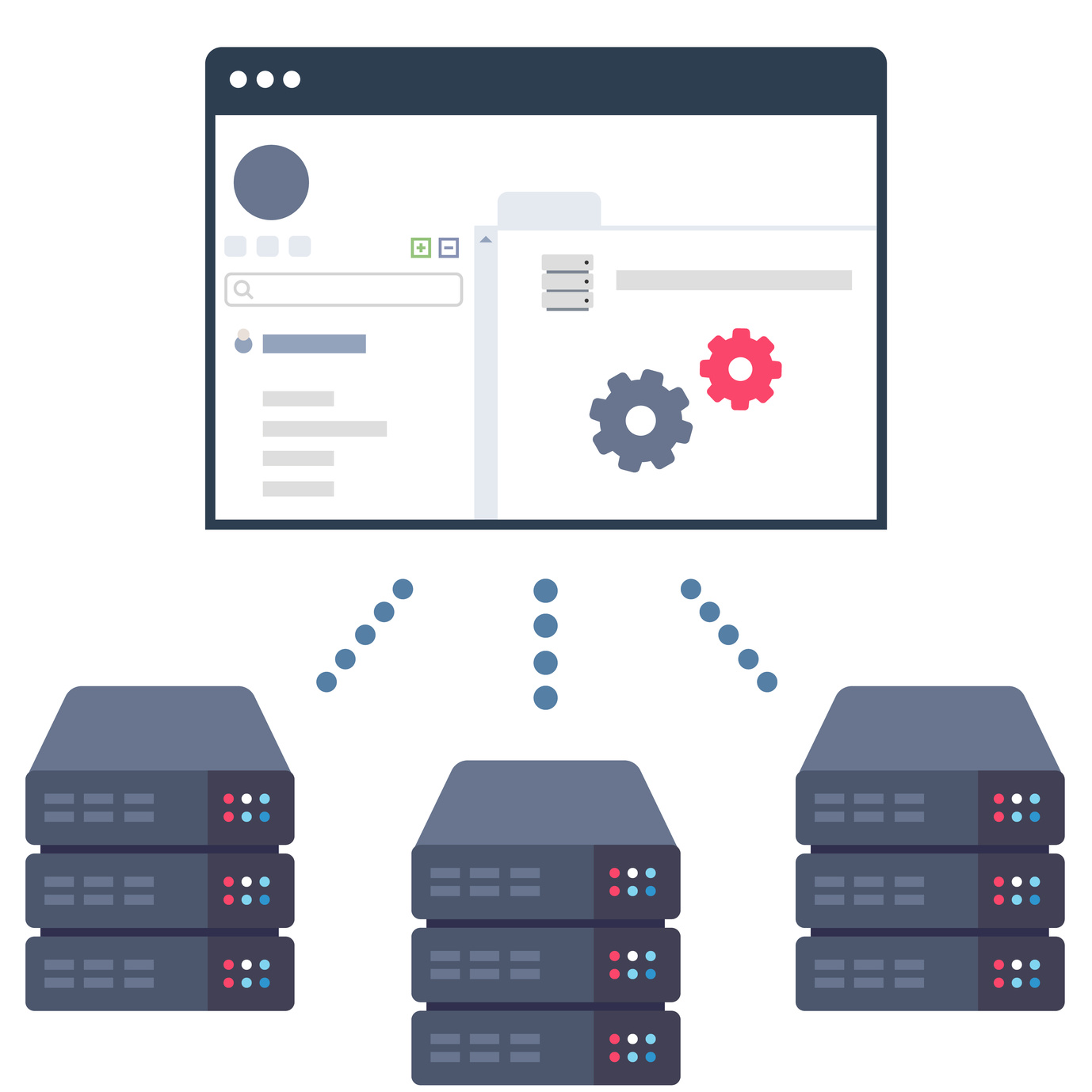Your site visitors’ tastes are evolving. Staying on top of important updates keeps their interest alive, but failing to track website changes puts long-term success at risk.
It’s easy to be passive about website updates. You may only check for updates routinely. You may hardly check for updates at all.
But overlooking this important task can set you far behind. As a business leader, you can’t afford to be ill-informed. You could lose key functionality and business.
Ensure your eCommerce or news content strategy is on schedule. Tracking these updates keeps a finger on the pulse of your business.
Take the busywork out of identifying and bookmarking important updates. Track website changes with the latest tools on the market. We’ll start by introducing the types of updates you need to know.
What to Target When You Track Website Changes
Managing a website has many angles. Each of those could critically impact your business. Not all of them are easy to identify or track.
The following are areas you need to monitor. Keep these in mind as you begin to track website changes.
1. Server Performance and Availability
Your uptime depends on the support of your server. Whether you’re using cloud or on-premise technologies, changes can affect uptime.
You must know about changes that limit performance. You must track how these changes affect your visitors as well.
2. Content Updates
Content changes affect both the user experience and SEO. If you have scheduled content, you need to be sure it’s published as planned.
Tracking content changes directly contributes to business value. This applies to eCommerce websites that frequently add product descriptions. It affects news websites that publish articles every day as well.
3. Code and Platform Updates
Businesses using eCommerce platforms must be aware of updates. Some platforms notify companies when these changes occur. But some updates and changes can easily go unnoticed.
Your IT teams might frequently make updates as well. You can’t afford to let these changes go unnoticed. You may need to isolate these updates if they cause an event.
4. Possible Malware or Viruses
Malware and viruses can enter your infrastructure unnoticed. This can cause long-term damage to your site and your business.
In essence, these intrusions are like their own updates. You should be aware of these unwelcome changes when they happen. You should have a recourse for defending your site as well.
Six Tips for Tracking Key Website Updates
We’ve identified some updates of which you should be aware. Next, we’ll provide some tips for optimizing their processes.
The following six suggestions will prepare you for future update management. They will introduce ways you can reduce stress on you and your team.
Your goal is to track website changes as part of a long-term plan. Adopt the right habits and technologies to ensure those goals are realized.
1. Streamline Uptime and Performance Monitoring
There is nothing more critical to website performance than uptime. Long downtime periods can turn visitors away for good. Poor performance can put your business in jeopardy as well.
These changes can occur suddenly and in real-time. Poor hosting solutions can increase the frequency of these risks. However effective website monitoring can help you prevent disasters.
There are several monitoring solutions, many of which are free. But these may involve browser login to check on your website’s status. This is an inconvenience to most business leaders.
Most growing companies find they need to upgrade to a paid model. Sophisticated uptime monitors provide SMS or call alerts. They make it easy to check in and receive detailed reports.
In terms of your website, uptime and performance are your most critical assets. Be sure your monitoring solution supports your long-term business model.
2. Create a Universal Content Monitoring Solution
Most businesses have a rigorous content schedule to manage. Leaders need to ensure content updates are made correctly and on time. However, it’s not practical for them to monitor them manually.
Content should be part of your effort to track website changes. These are updates to your site that directly affect your business. Overlooking the value of a planned and executed content strategy is a misstep.
You also want to know how your content is performing. Sophisticated content monitoring solutions can help you spot trends. You can visualize how and when visitors are discovering your content.
Don’t stop with your own website. Many content monitoring tools can report on other websites as well. This gives you an advantage when publishing to your target audience.
3. Maintain Accessible Records of Changes to Your Code
You may not need to know what your programmers are updating every day. But you need to access that information if something goes wrong. You need to ensure critical changes go through okay as well.
Your IT team may already use issue-tracking solutions that track changes. These aren’t very accessible to business leaders. Monitoring solutions can make records more accessible to anyone in the company.
4. Adopt Rapid Malware Detection Solutions
Cyber attacks destroy businesses. 60% of small companies close within six months of an attack. However, monitoring solutions can keep you out of jeopardy.
Invest in a solution that detects unwanted code immediately. You can prepare means to eliminate them right away as well. But you need a monitoring solution that protects you in real-time.
5. Identify Traffic and Conversion Anomalies
Monitoring needn’t always be about disaster prevention. You can monitor peak performance instances as well. If content or products receive sudden attention, you need to know why.
Adopt solutions that keep track of sudden behavioral changes. You can study the activity and get insights about what happened. This can provide you with tools for future campaigns.
6. Visualize Availability Based on Location
Do you target key markets by region? Some regions may experience your site differently than others. You must make sure each group gets the best experience possible.
Monitoring solutions help you track regional changes. You can target key areas when problems occur. As your business grows, you can scale out this and all other capabilities.
Adopt a Universal Monitoring Solution
You’ve just learned to track website changes. You’ve seen how monitoring solutions help and protect your business. SiteUptime provides business solutions with your key goals in mind.
Setup a free account to get started with our solution. You can contact us directly to learn more as well.




